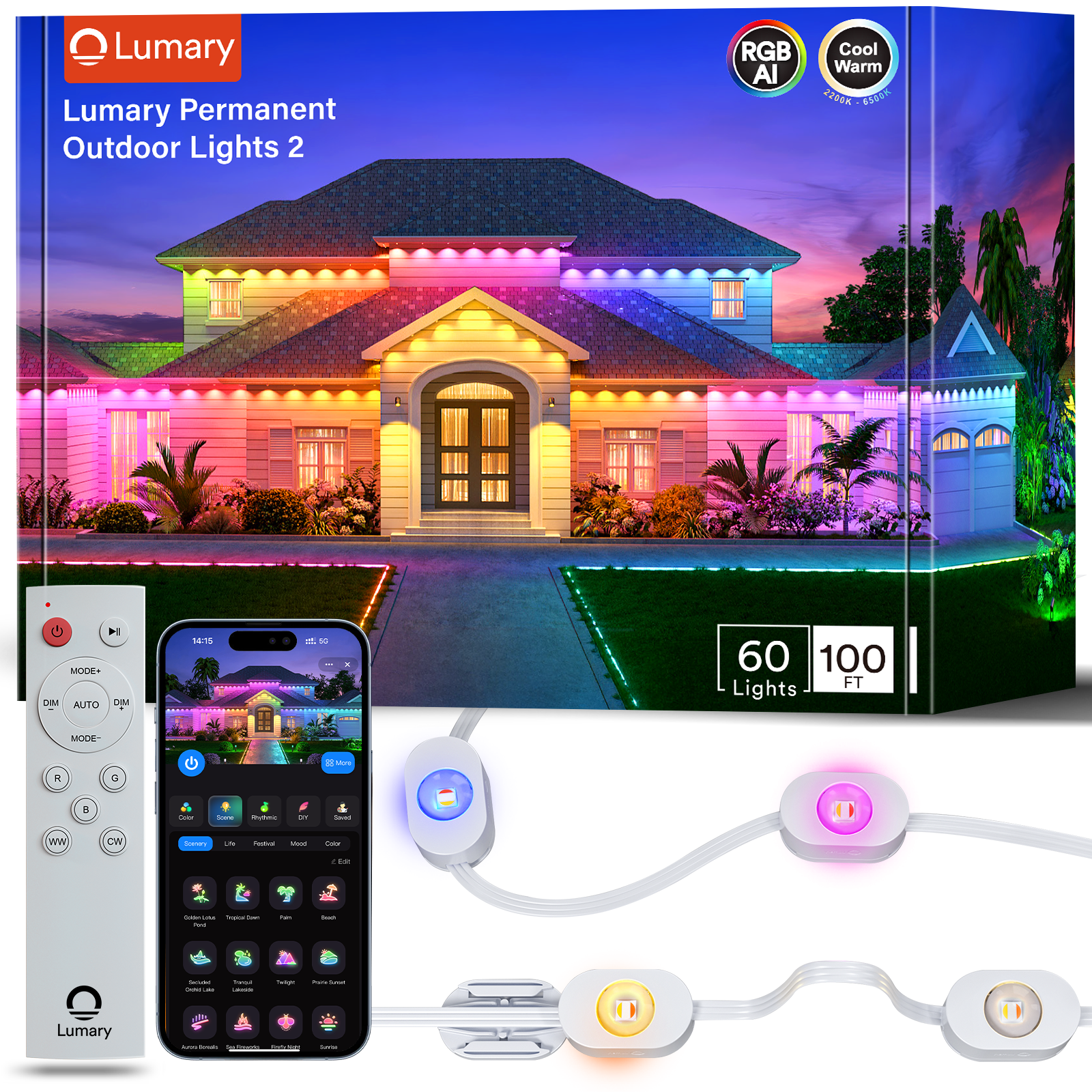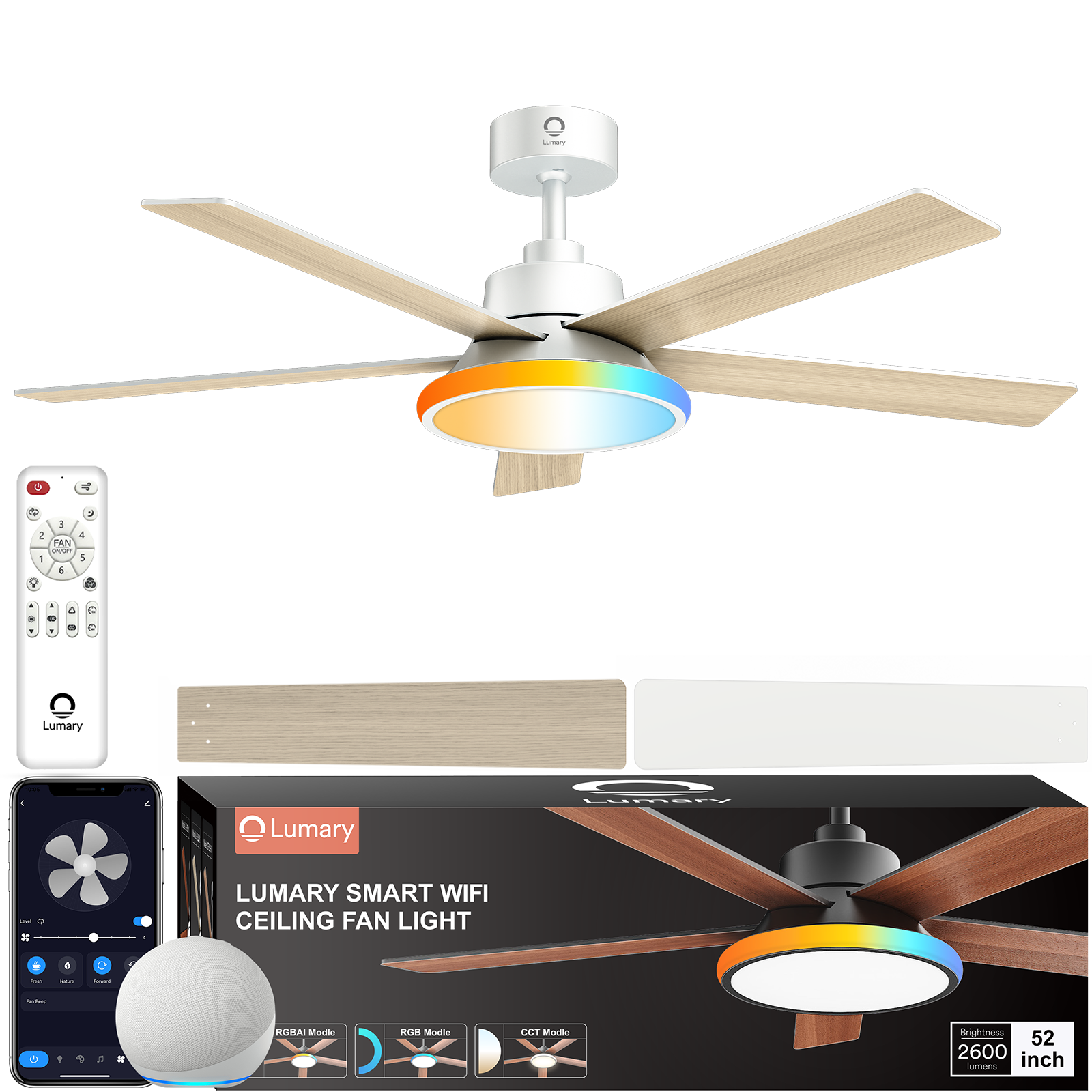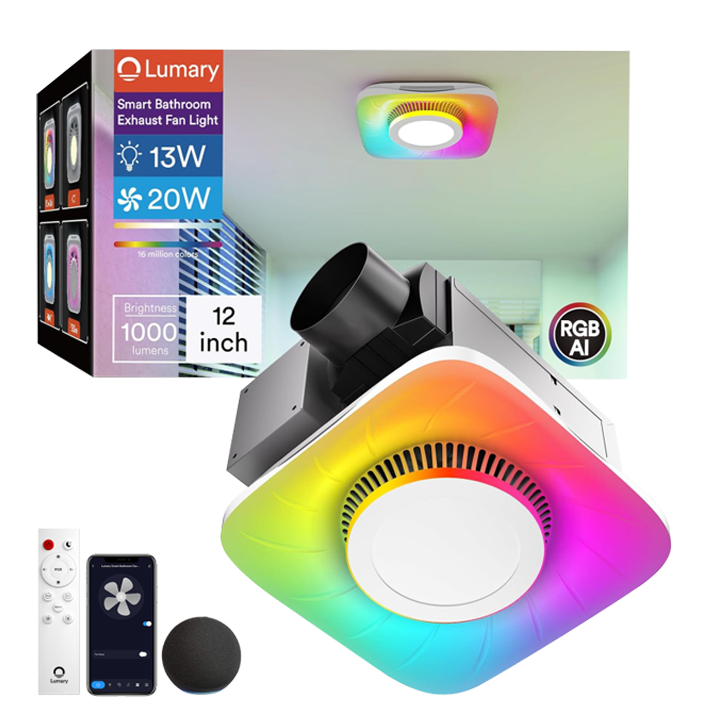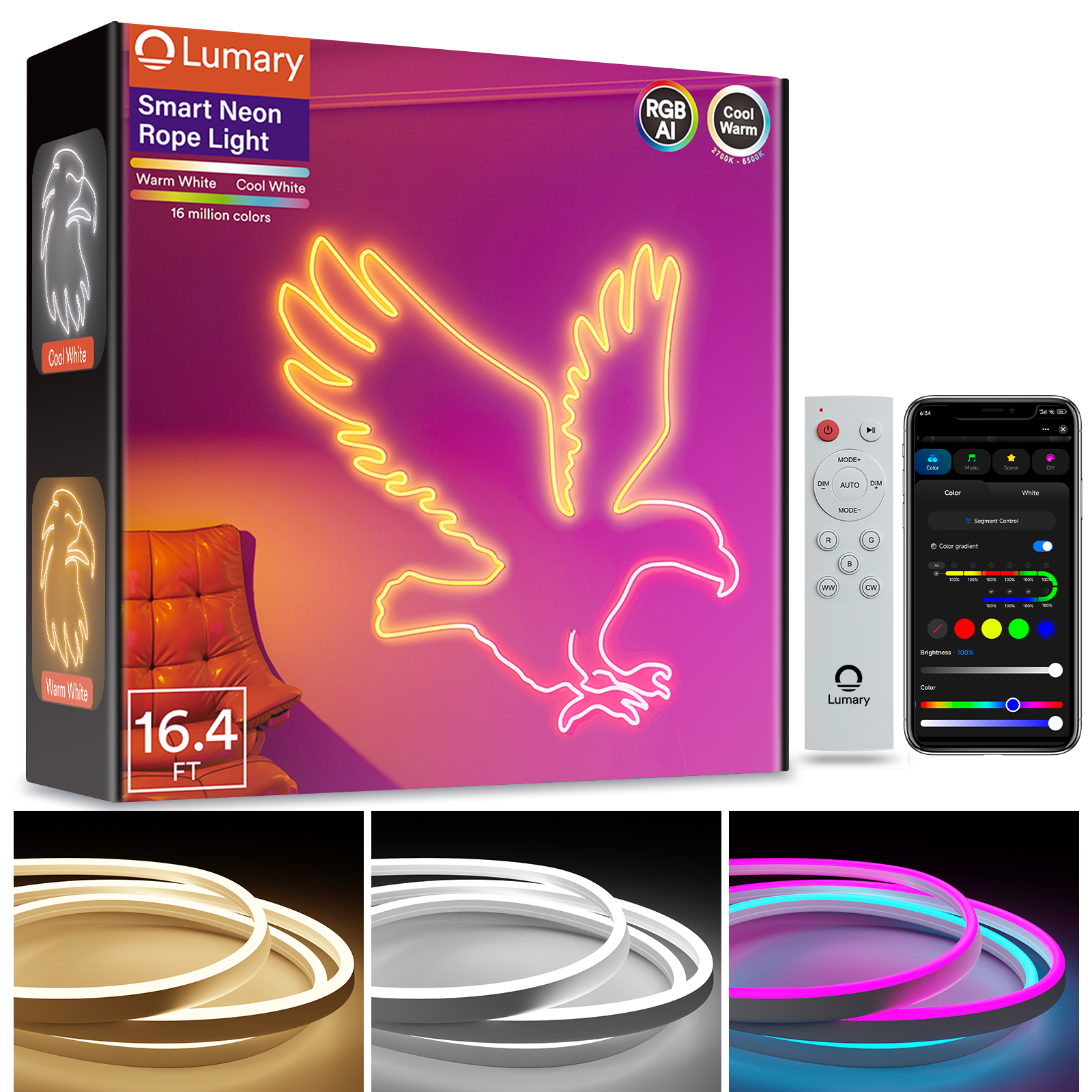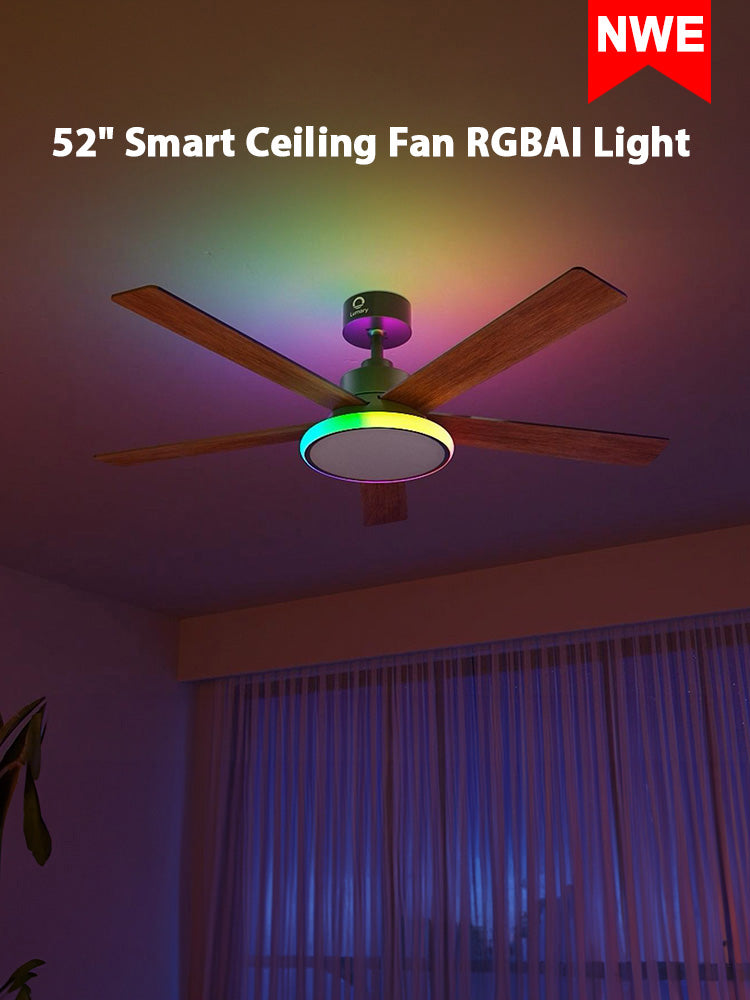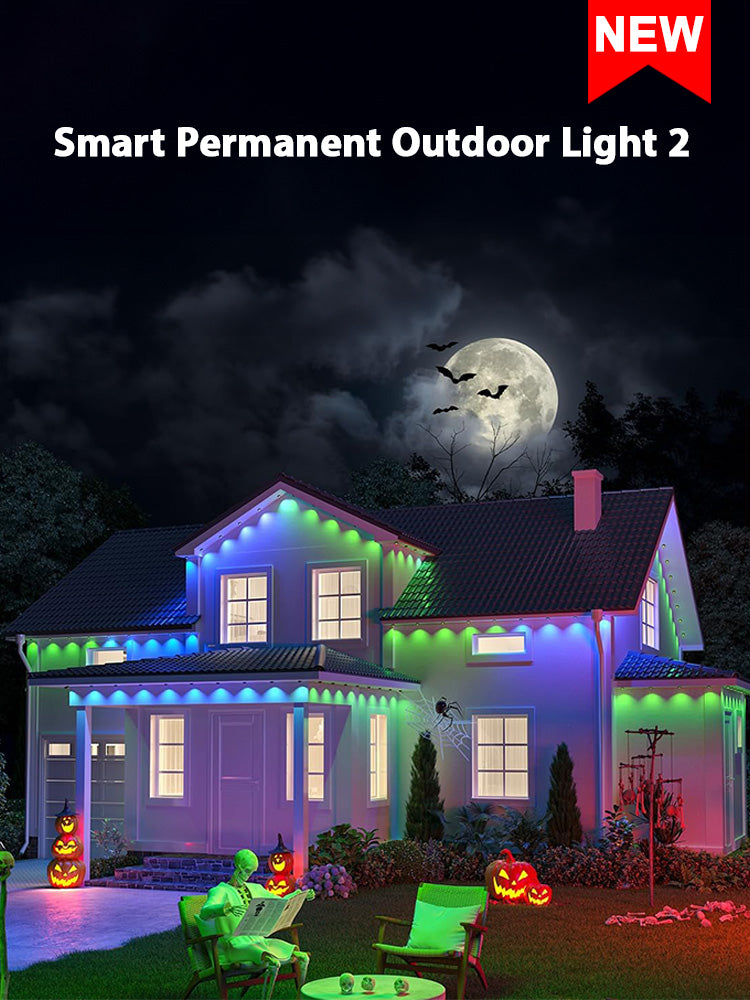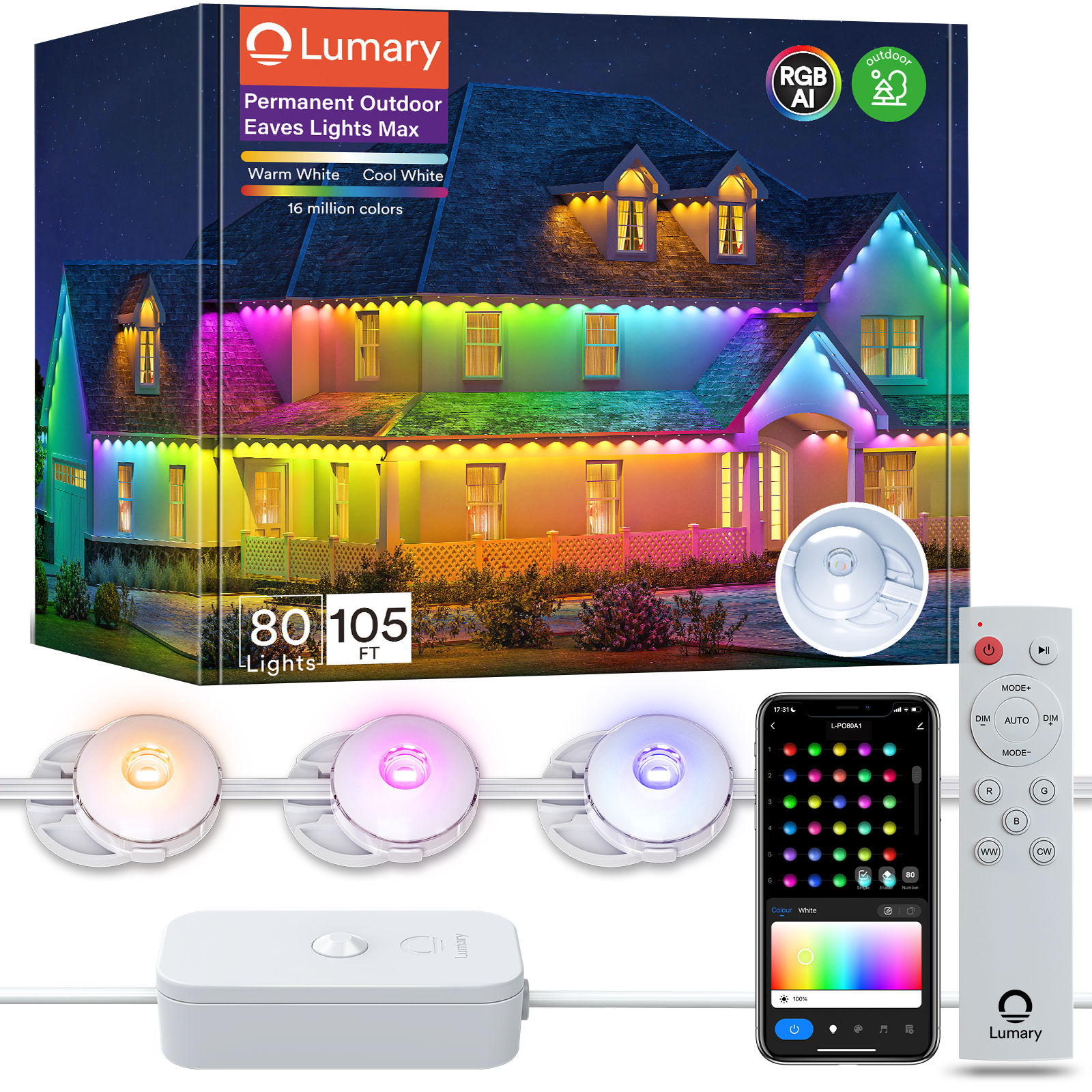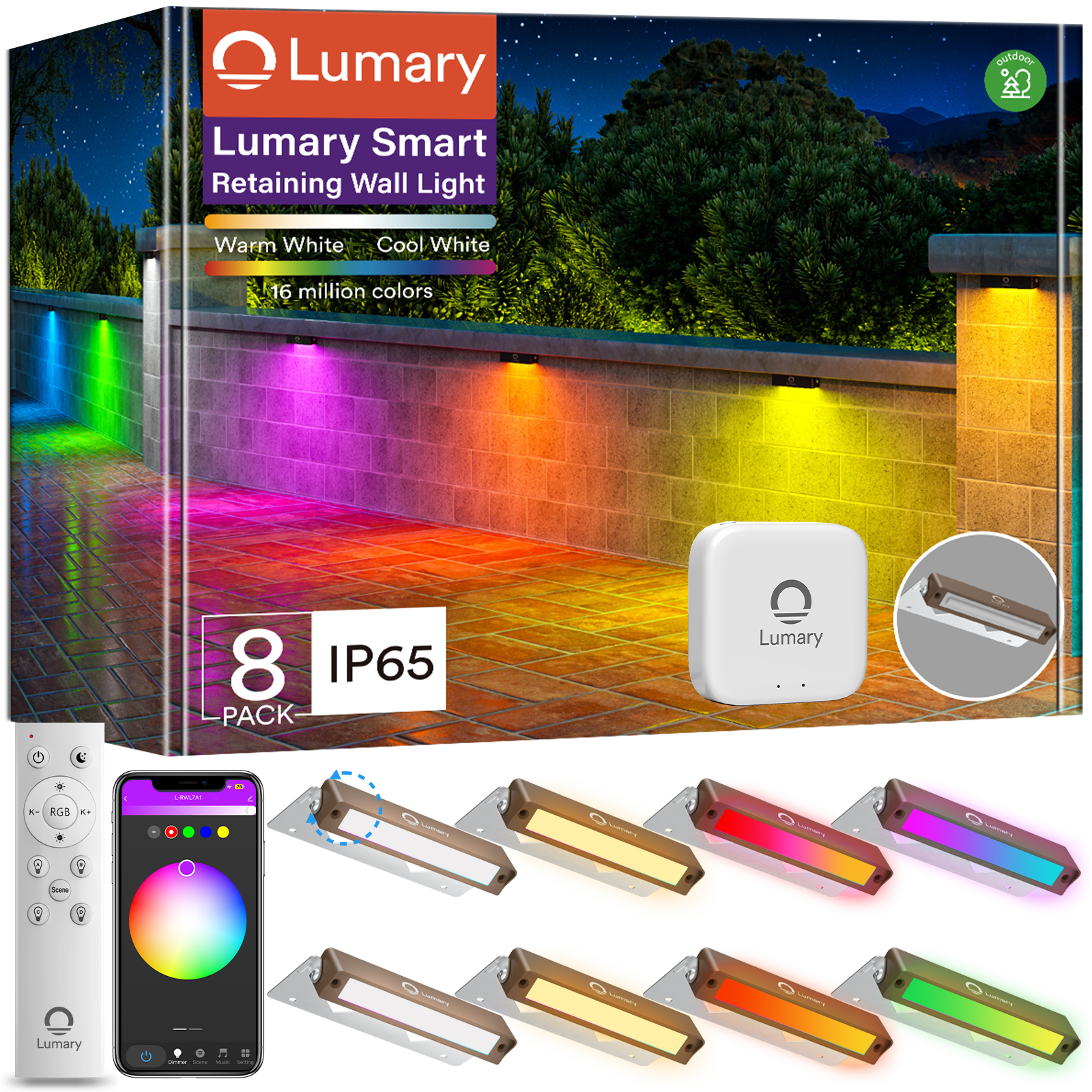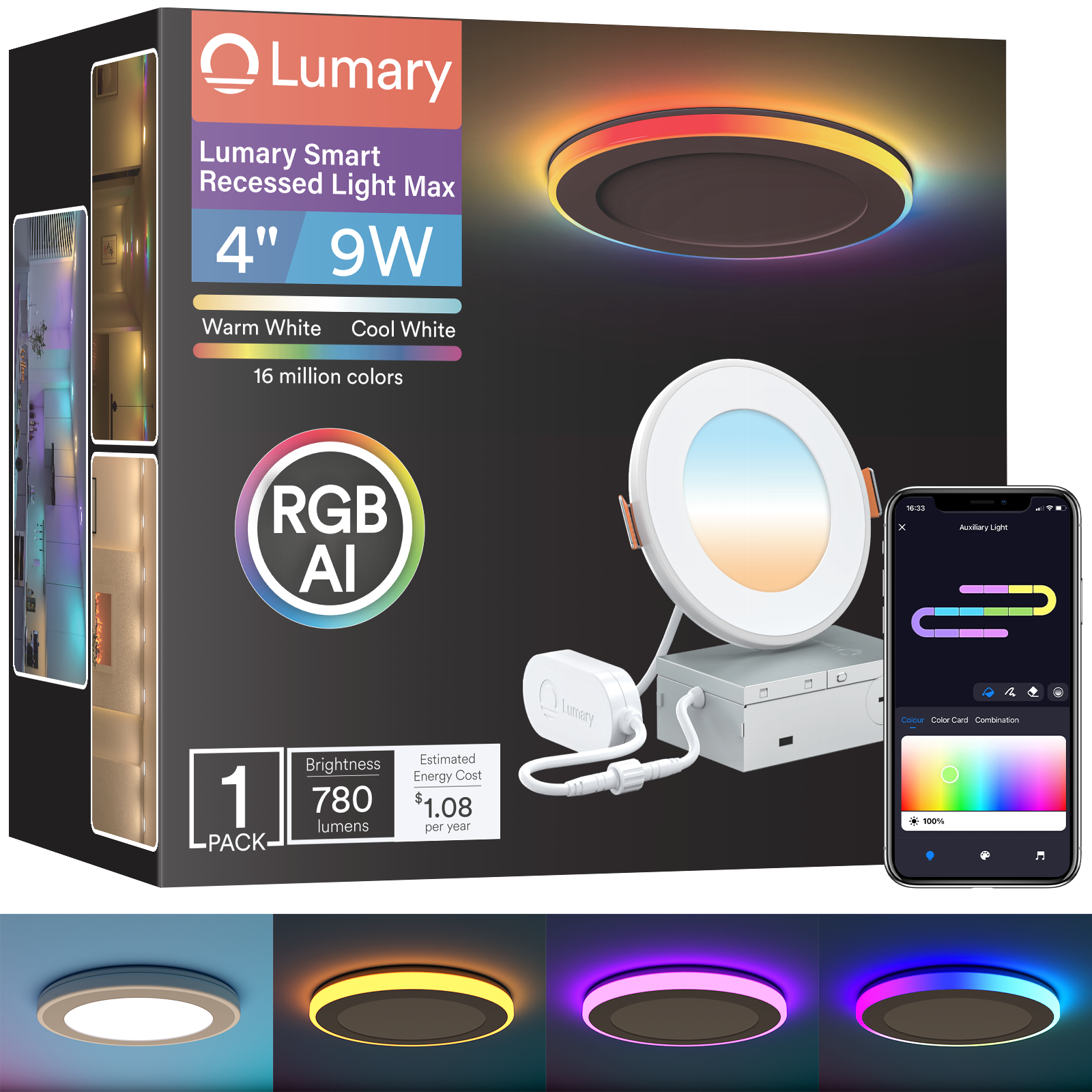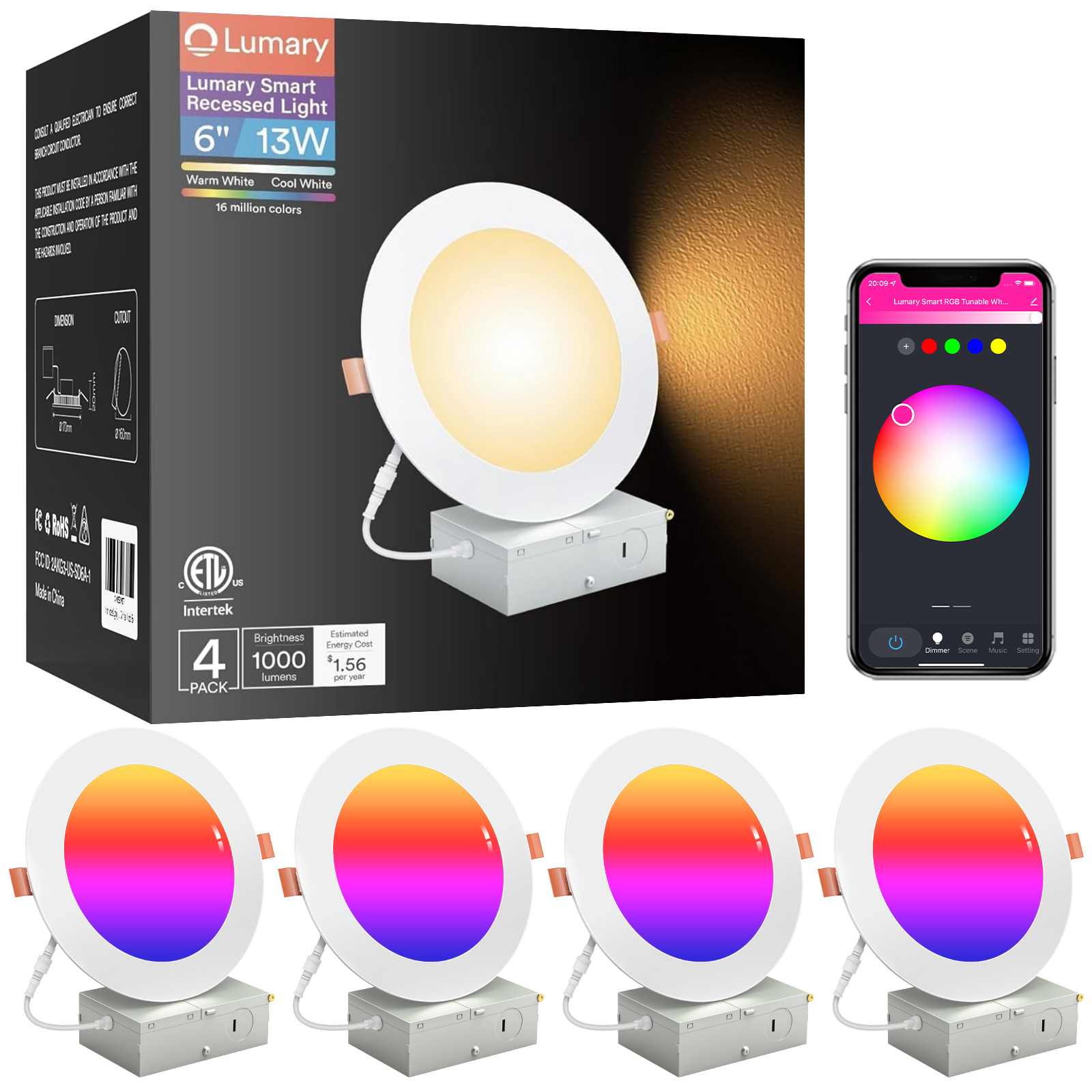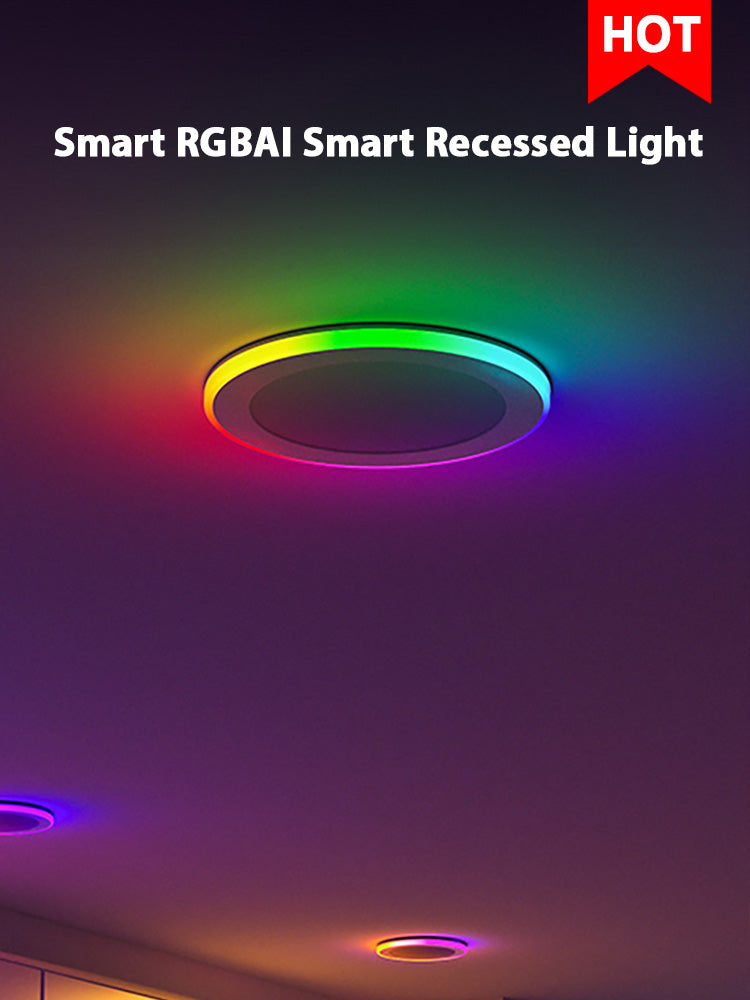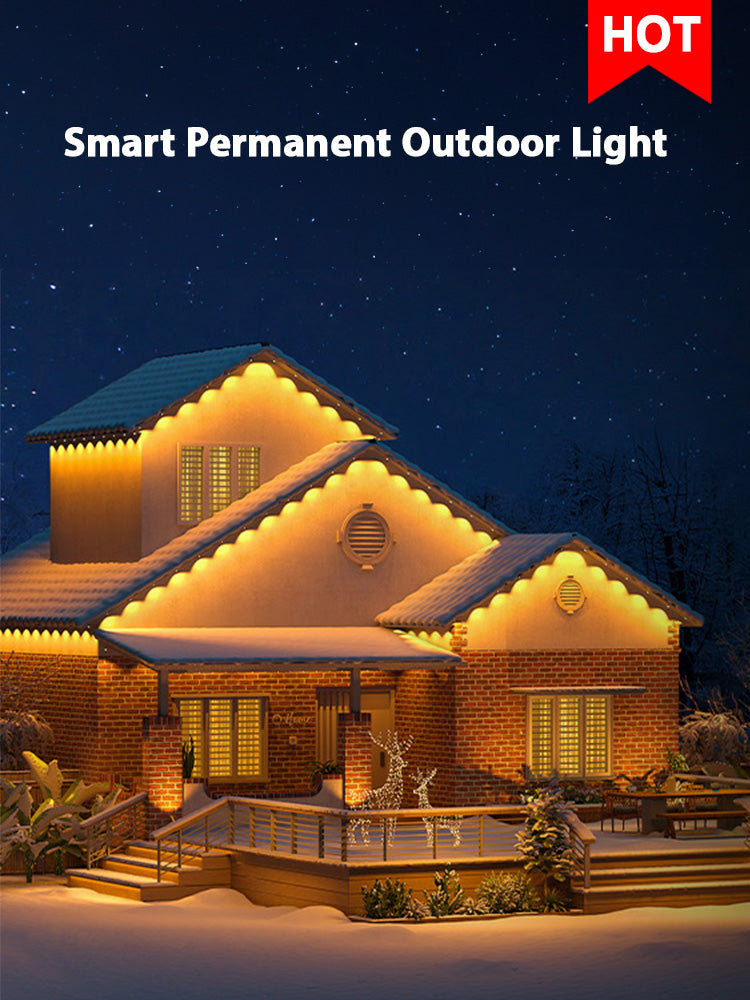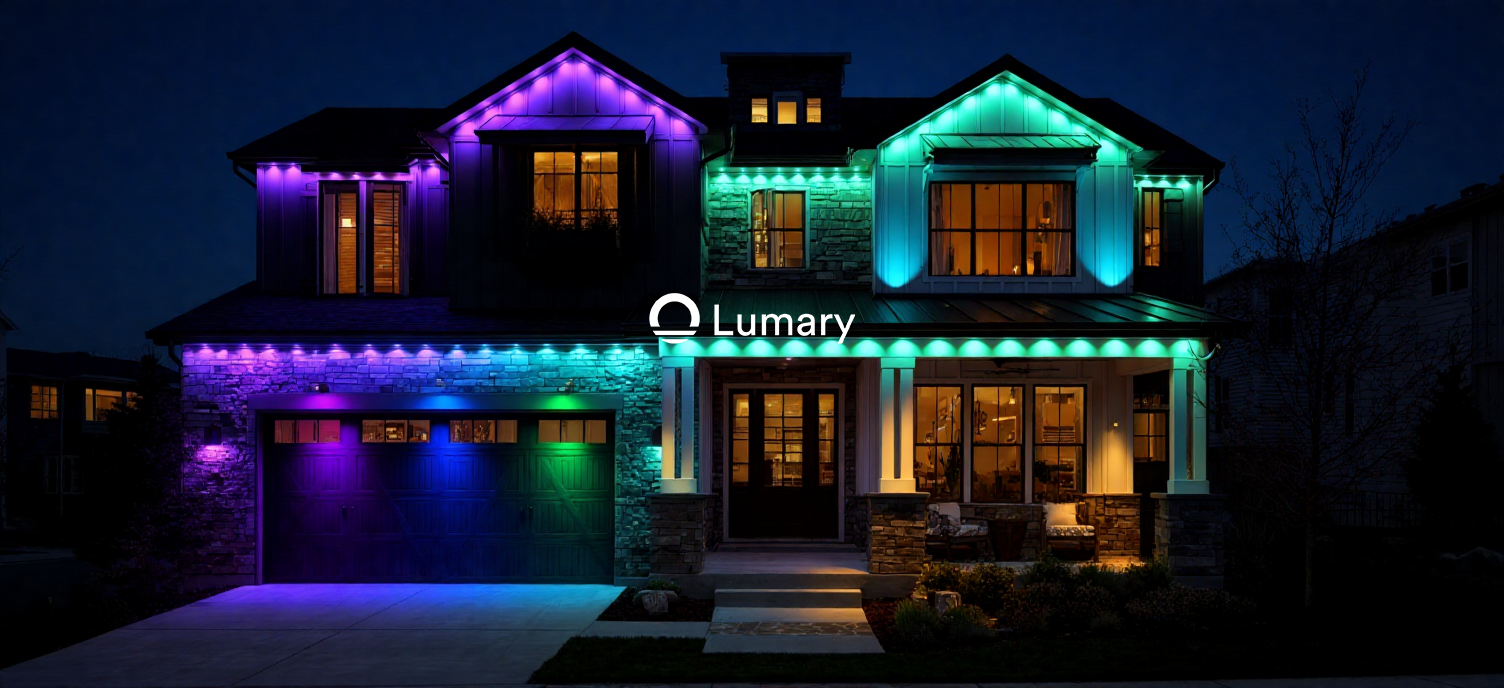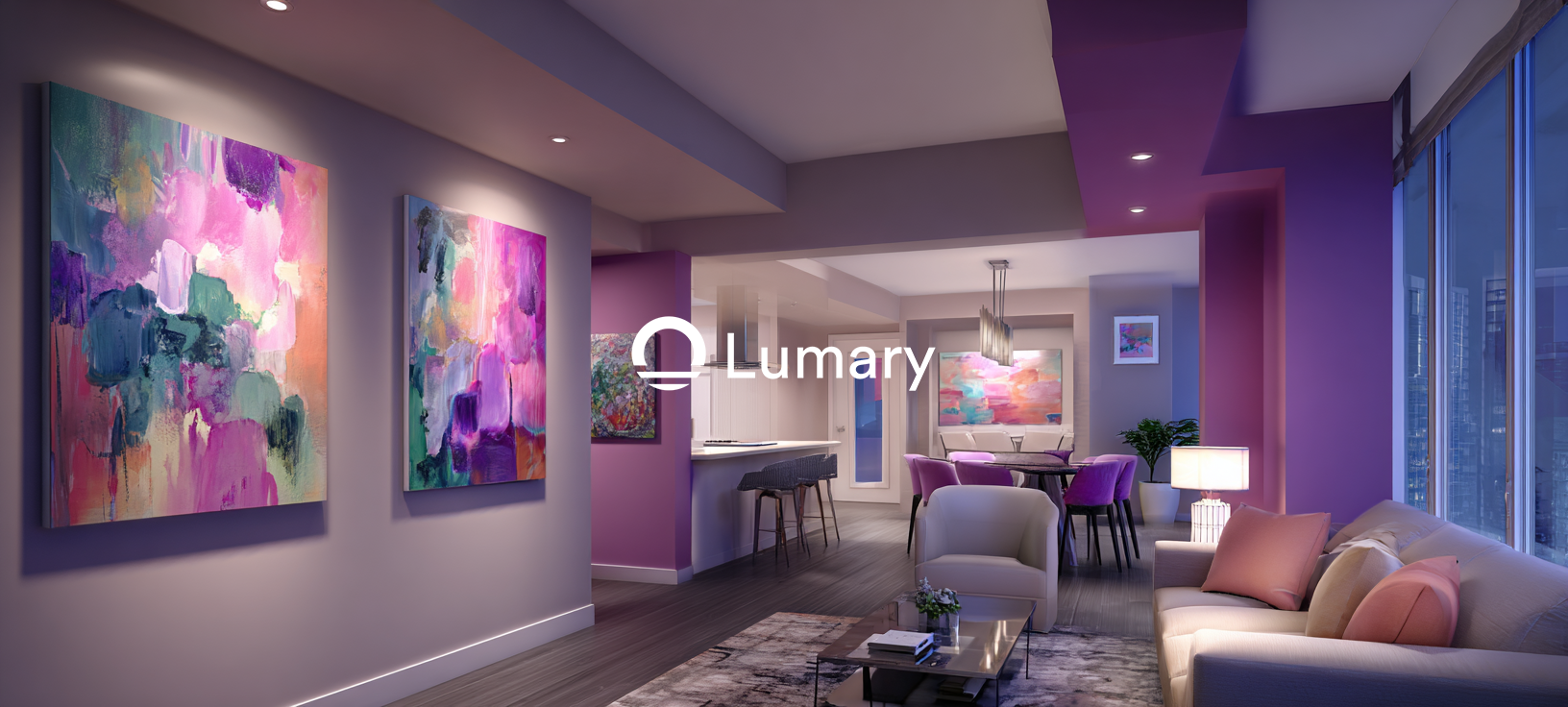You want your home to look great all year. Permanent outdoor lights help your home stand out. They make your outdoor space safe and friendly. You can change your outdoor space for any event. You will enjoy a nice look that lasts. Many people see that lighting makes homes look better. It also keeps homes safer and saves money over time. Use this guide for easy tips to make your home look great with a lasting choice.
|
Benefit |
Description |
|---|---|
|
Curb Appeal |
Makes your home look better and worth more, day or night. |
|
Enhanced Security |
Lights up walkways and keeps away unwanted guests. |
|
Easy Decorating |
Switch colors and scenes for holidays or events. |
|
Cost Savings |
Energy-saving lights help you spend less money over time. |
|
Non-Intrusive Design |
Matches your home’s style during the day. |
Key Takeaways
-
Permanent outdoor lights make your home look nice and safe. They help your house look good all year.
-
These lights save you time and work. You do not need to put up or take down decorations for each season.
-
Pick LED lights that use less energy. This helps lower your electric bill. LED lights last a long time.
-
Plan where you put your lights. Focus on places like walkways and doors. This makes your home safer and prettier.
-
You can hire someone to install the lights for a neat look. Or you can do it yourself to save money and learn new things.

Getting Started
What Are Permanent Outdoor Lights
Permanent outdoor lights are lights you put up once. They stay outside all year and last a long time. You do not have to take them down after each season. These lights are made with tough materials. They can handle rain, sun, and snow. There are many kinds, like path lights, spotlights, and accent lights. Some let you change colors or brightness with your phone.
Here is a quick look at how permanent outdoor lights are different from temporary lighting:
|
Characteristic |
Permanent Outdoor Lights |
Temporary Lighting Solutions |
|---|---|---|
|
Durability |
Made to last for many years |
Used for a short time |
|
Energy Efficiency |
Usually uses advanced LEDs |
Not as efficient, needs more changes |
|
Customization |
Not many choices |
|
|
Cost-Effectiveness |
Saves money over time |
Costs more because of setup often |
Permanent outdoor lights give you more ways to style your home. You can pick from lots of designs. These lights also save energy because they use new technology.
Why Choose Permanent Outdoor Lights
You may wonder why many people pick permanent outdoor lights. These lights do more than just decorate. They make your home safer by lighting up dark spots. You can use an app to control them, set times, and change colors for events.
Tip: Permanent outdoor lights save you from putting up and taking down lights every season. You save time and work each year.
Here are some main reasons people like permanent outdoor lights:
-
You get convenience because you do not have to put up or take down lights for each holiday.
-
You make walkways and doors safer by keeping them bright.
-
You make your home look better all year.
-
You add value to your home with a nice, finished look.
-
You get to use app controls and change colors for any event.
If you want an easy way to make your outdoor space better, this guide will help you get started with outdoor lighting that lasts.
Complete Outdoor Lighting Guide: Planning
Assessing Your Needs
When you start planning your outdoor lighting, you want to think about what matters most for your home. Look at your house from the street. Decide which parts you want to stand out. You may want to improve safety, add curb appeal, or create a cozy feeling. Make a list of the features you want, such as smart controls or color-changing lights. Think about your budget and how much you want to spend now versus saving money later with energy-efficient options.
Here is a table to help you compare important factors:
|
Factor |
Description |
|---|---|
|
Budget |
Think about the cost now and savings later. |
|
Home Architecture |
Pick lights that match your home’s style. |
|
Desired Features |
Choose features like app control or color-changing. |
|
Energy Efficiency |
Use LED systems to save on electricity. |
|
Installation Requirements |
Decide if you will install yourself or hire a pro. |
|
Warranty and Support |
Look for good warranties and customer service. |
Tip: Walk around your yard at night. Notice dark spots or areas that need more light for safety or beauty.
Key Areas to Light
You want to highlight the most important parts of your property. Focus on these key areas:
-
Front entryway: Make your home welcoming and boost curb appeal.
-
Pathways: Light up walkways to help people see and move safely.
-
Garden beds: Show off your plants and flowers at night.
-
Patio and deck: Add lights for social spaces and gatherings.
-
Rear door: Use a small wall mount for extra security.
Choose the right type of lighting for each area. For example, use pendant lights or sconces at the front door. Place low-voltage lights along paths and in gardens. Pick LEDs for long life and low energy use.
Safety and Local Codes
Before you install permanent lights, check your local rules and HOA guidelines. Many neighborhoods have rules about outdoor lighting. Some focus on preventing light from shining into a neighbor’s yard. Others set limits on colors or how late lights can stay on.
Here is a table with common rules:
|
Regulation Type |
Details |
|---|---|
|
Acceptable Light Operation Usage |
Holiday lights allowed 3 days before holidays, must switch back after. |
|
Color and Pattern Restrictions |
Colored lights okay for holidays, but no strobe or flashing. |
|
Timing Restrictions |
Turn off holiday lights by 11 p.m. |
|
Security Lighting Guidelines |
Use warm white (max 3000K) for security lighting at entry points. |
Note: Leave 2-4 inches between your lights and the wall to follow best practices and many HOA suggestions.
By following this complete outdoor lighting guide, you can plan a system that looks great, keeps your home safe, and meets all local rules.

Choosing Permanent Outdoor Lights
Outdoor Lighting Types
There are many outdoor lighting types you can pick from. Each type helps you in a different way. Some lights make your home look nice. Others help you see better and stay safe. Here are some popular outdoor lighting types for homes:
-
Recessed LED light strips go under eaves or rooflines.
-
Outdoor wall lights, like lanterns or sconces, go on outside walls.
-
Low-voltage landscape lighting is good for paths and gardens.
-
Smart floodlights have motion sensors and security cameras.
Outdoor wall lights work well for doors, patios, and garages. They add style and help you see at night. Before you buy lights, think about where you need the most light. Also, pick a style that fits your home.
LED, Solar, and Low Voltage Options
When you choose permanent outdoor lights, you should know how each kind works. LED lights use less energy and last longer than old bulbs. Low voltage lighting with LED bulbs uses up to 75% less energy. These lights also last 25 times longer than regular bulbs. Low voltage systems give you brighter and more steady light than solar lights. Solar lights work best in sunny places. They may not shine as bright or last as long when it is cloudy.
Low voltage lighting is good for lighting big areas and making your yard safer. It works well in any weather, all year long. This helps you save energy and money over time.
Smart and Color-Changing Features
Modern permanent outdoor lights have smart features that make your home special. Many systems let you control colors, brightness, and scenes with your phone or voice. The Lumary Permanent Outdoor Lights give you many color choices. You can pick warm white, cool white, or millions of colors for holidays or events. You can set up custom scenes, use preset modes, and even sync lights to music for parties.
|
Feature |
Description |
|---|---|
|
Rainbow Color Options |
Pick from millions of colors for any mood or event. |
|
Unmatched Customization |
Change each light for daily use or special days. |
|
AI-Powered Creativity |
Make unique light shows with your own ideas. |
|
Immersive, Dynamic Effects |
Enjoy moving patterns and change white light from warm to cool. |
|
Music Sync |
Lights move with your favorite songs and preset scenes. |
Outdoor wall lights with smart controls and weather resistance, like Lumary’s, are easy for beginners. These lights last a long time and work in all weather. You get strong, reliable lighting every day. If you want tips for picking the best system, look for adjustable color temperature, app controls, and strong waterproof ratings.

Placement and Design
Pathway Lighting
You want your walkways to feel safe and look inviting. Good placement of lights along paths helps you see where you are going and adds beauty to your yard. Start by placing lights where people walk the most. Do not put lights too close together. Space them 5 to 15 feet apart. This creates pools of light and avoids making the path too bright. Place each fixture so it shines down and does not cause glare. Choose LED path lights for energy savings and long life. Use timers or motion sensors to save even more energy.
Here are common types of pathway lights:
|
Fixture Type |
Description |
|---|---|
|
Step Lights |
Light up stairs and changes in elevation. |
|
Path Lights |
Shine downward to create pools of light. |
|
Downlights |
Hang high to give a moonlight effect. |
|
Solar Lights |
Use sunlight, but may not work well in cloudy weather. |
Accent and Landscape Lighting
Accent and landscape lighting helps you show off your home’s best features. Use uplighting to make trees or special parts of your house stand out. Hide the light source so only the effect is seen. Try bullet lights for sharp beams on corners or details. Wash lights fill spaces with soft light. Place lights under trees or near walls to create layers and depth. Path lighting can also be decorative and add style to your yard.
|
Technique |
Description |
|---|---|
|
Bullet Lights |
Aim at corners or details for focused light. |
|
Wash Lights |
Fill spaces between beams for a soft look. |
|
Uplighting |
Place lights facing up under trees or features to highlight them. |
Avoiding Common Mistakes
You want your permanent outdoor lighting to look great and work well. Avoid using too many lights or making your yard too bright. Not enough lights can leave dark spots. Always use the right fixture for each area. Plan your lighting placement before you start. Do not overload your transformer or use poor wiring. Choose LED lights for better energy use and longer life. Avoid solar lights if you need strong, steady light.
Tip: Make a simple plan before you install. This helps you avoid mistakes and get the best results.
|
Description |
|
|---|---|
|
Proximity |
Place fixtures to create a smooth flow and clear boundaries. |
|
Continuity |
Guide the eye through your yard with even lighting. |
|
Common Region |
Use light to highlight special features. |
|
Similarity |
Group similar lights for a balanced look. |
|
Figure-Ground |
Focus on key features to add depth. |
|
Symmetry |
Balance lights on both sides for order and stability. |
Installation Guide
DIY vs. Professional
You can put in permanent outdoor lights by yourself or hire someone. Both choices have good and bad points. If you like doing things yourself, diy lets you control the project. You can save money and pick your own style. But diy takes time and you need some skill. You must also follow safety rules and local laws.
If you hire a professional, you get expert help. They finish the job faster and help if problems come up. Professionals know how to handle wires and put up lights neatly. The table below shows how both choices compare:
|
Aspect |
DIY Installation |
Professional Installation |
|---|---|---|
|
Cost |
Cheaper at first, but hidden costs may show up later |
Costs more at first, but might save money later |
|
Expertise |
Needs your own skills and knowledge |
You get expert skills and good quality |
|
Time |
Takes longer because you plan and do the work |
Faster because they have experience and tools |
|
After-sales support |
Little or no help after you finish |
You get help after the job is done |
|
Property value |
Might not make your home worth more |
Can make your home worth a lot more |
Tip: If you want to save money and learn, diy can be fun. If you want less stress and a nice finish, hire a pro.
DIY Pros:
-
Saves money
-
Feels good to finish
-
You can change the design
DIY Cons:
-
Takes a lot of time
-
Needs skill
-
Can be risky
Professional Pros:
-
Expert work
-
Good quality
-
You get help
-
Can raise home value
Professional Cons:
-
Costs more at first
Tools and Materials
You need the right tools and materials to install lights safely. Get everything ready before you start. This helps you work faster and make fewer mistakes. Here are some common tools and materials for outdoor lighting:
-
DEWALT 20V MAX 7-1/4-Inch Miter Saw
-
DEWALT 20V MAX Cordless Angle Grinder Kit
-
Amazon Basics 3-Piece Aviation Snip Set
-
Malco M2007 MAX2000 Bulldog Aviation Snip
-
DEWALT 20V MAX Impact Driver
-
7 Inch Speed Square
-
Ladder Stabilizer Standoff Brackets
-
50 FT Wire Fishing Kit
-
50' Fiberglass Fish Tape Running Wire Cable Rods
-
Harness Kit
-
Personal Fall Arrest Protection
-
Quickclick Stabilizer
-
Little Giant Ladder
-
Extension Ladder
You also need your lighting kit, mounting parts, and weatherproof connectors. For slide-base lights, use strong glue and screws for extra hold. Always keep a tape measure and pencil to mark spots.
Note: Use a harness and ladder stabilizer when working high up. Safety gear keeps you safe.
Step-by-Step Process
Follow these steps to put up permanent outdoor lights at home. Go slow and check your work at each step.
-
Consultation and Design Planning
Walk around your house and pick where you want lights. Measure each spot. Draw a simple plan. Mark where each light will go. Leave 2-4 inches between lights and the wall for best results and to follow many HOA rules. -
Preparing for Install Day
Gather all your tools and materials. Cover your plants with tarps or boards. Set up your ladder and safety gear. -
Wiring for a Clean Finish
Plan where your wires will go. Hide wires along the roof or behind trim for a neat look. Use wire fishing kits to pull wires through tight spots. -
Installing the Tracks and LEDs
Stick the slide-base tracks with strong glue. Add screws or clips for extra hold. Slide the light string into the base. Make sure each light is tight and spaced right. -
Attic Wiring and Power Supply Setup
Connect wires to a power supply. Put the power supply in a dry, hidden place like the attic or garage. Use weatherproof connectors for all outside wires. -
Smart Programming and App Setup
Download the app for your lights. Connect your lights to your phone or smart speaker. Set timers, scenes, and color choices. -
Final Walkthrough and Homeowner Training
Test every light. Walk around your house at night to check for dark spots or glare. Fix anything you need to. Learn how to use the app and controls.
Tip: Take pictures of your wiring and setup. This helps if you need to fix or upgrade later.
Safety Tips
Safety is most important when you install lights. You must keep yourself and your home safe. Use these tips to stay safe:
|
Safety Measure |
Description |
|---|---|
|
Weatherproofing |
Use outdoor cords and surge protectors. Cover all plugs with waterproof covers. |
|
Circuit Overloading |
Spread lights across outlets. This stops overheating and fire. |
|
GFCI Usage |
Use GFCIs for all outdoor outlets. |
|
Securing Fixtures |
Fasten all lights and wires tightly. This keeps them from falling or tripping people. |
-
Light up doors and paths so you can see well.
-
Use smart lights for alerts and easy control.
-
Do not use too many lights. Too much light can cause glare.
-
Pick the right color temperature for clear sight.
-
Always check that your lights and connectors are weatherproof.
Remember: Do not rush the job. Check every wire and mount. Your safety and the life of your permanent outdoor lights depend on careful work.
Budget and Costs
Estimating Expenses
You should know the cost before you begin. The price changes based on how many fixtures you need and the system you pick. Most people spend about $4,000 for a full setup. Simple setups can start at $1,000. Each fixture usually costs between $102 and $206. If you want special features or have a big yard, it can cost up to $7,500.
|
Factor |
Description |
|---|---|
|
Size of Property |
Bigger yards need more lights, so the price goes up. |
|
Complexity of Installation |
Fancy systems with timers or sensors cost more and take longer. |
|
Type of Fixtures |
Metal fixtures cost more than plastic ones. |
|
Labor Costs |
Hiring a pro costs more than doing it yourself. |
|
Location |
Cities usually charge more for service. |
|
Electricity Usage |
LED bulbs help you save money on bills. |
|
Repairs and Replacements |
Taking care of your lights stops big repair bills. |
|
Bulb Efficiency and Lifespan |
LED bulbs cost more at first but save money later. |
|
Design and Planning |
Getting a pro to design your lights costs extra. |
Saving Money
You can save money if you make smart choices. Many people pick LED lights because they use less power and last longer. Solar lights are good for sunny places and do not need wires. You can put in the lights yourself to save money, but you must be safe. Local experts give you good results and a warranty, which helps in the long run.
|
Installer Type |
Pros |
Cons |
|---|---|---|
|
DIY |
Costs less and you control the work |
You could get hurt, no warranty, may not last long |
|
General Contractor |
Can add lights to other big jobs |
Might not know much about lighting |
|
Local Specialist |
Does a great job, gives support and warranty |
Costs more at first, but worth it later |
-
Solar lights are easy to put in and good for the planet.
Tip: Make a plan for your lights before you shop. This stops you from buying too many.
Long-Term Value
Permanent outdoor lights are a good investment for your home. LED bulbs use 75% less power than old bulbs. They last up to 25 times longer, so you do not buy new ones often. Good lighting can make your home worth up to 50% more. You get safer walkways and a nicer yard every night. You also spend less on fixing and powering your lights over time.
|
Aspect |
Details |
|---|---|
|
Energy Savings |
LED bulbs help you use less electricity. |
|
Maintenance Costs |
You save money because you do not fix or replace as much. |
|
Property Value Increase |
Outdoor lights can make your home worth up to 50% more. |
|
Safety and Enjoyment |
You feel safer and like your yard more. |
Permanent outdoor lights are a smart way to make your home look better and save money for years.

Maintenance Tips
Routine Care
You want your permanent outdoor lights to last for years. Regular care keeps your system bright and safe. High-quality outdoor lighting often comes with waterproof ratings like IP67 or IP68. These ratings mean your lights can handle rain, snow, and dust. Many systems last up to 50,000 hours, which is about 17 years if you use them every night.
Here is a table of routine care tasks:
|
Maintenance Task |
Description |
|---|---|
|
Inspecting poles |
Check for warping, damage, or graffiti during regular inspections. |
|
Check Lighting Alignment |
Make sure fixtures point the right way, especially after storms. |
|
Checking Lighting System Timers |
Set timers so lights only run when needed. |
|
Group Relamping |
Change out bulbs together at the end of their lifespan. |
|
Cleaning and Inspecting Luminaire Assembly |
Clean and check fixtures once a year. Remove debris and keep parts moving smoothly. |
Tip: Clean lenses and check for dirt or leaves that block light. This helps your lights shine bright and look great.
Troubleshooting
Sometimes, you may notice problems with your outdoor lighting. You can fix many issues yourself. Here are common problems and what you can do:
-
Burned-out bulbs: Replace any bulbs that look black or broken.
-
Flickering lights: Tighten loose connections or check for faulty bulbs.
-
Lights not turning on: Check the power source, reset timers, and inspect wires.
-
Water inside fixtures: Look for moisture and make sure seals are tight.
-
Dim lights: Clean the lenses and check the transformer output.
-
Inconsistent lighting: Use thicker wire if you see voltage drops.
-
Damaged fixtures: Replace any parts that look broken.
Note: Always turn off the power before you work on your lights. This keeps you safe.
Upgrades and Replacements
You can upgrade your permanent system to get new features or better performance. Many modern systems let you control colors and patterns with an app. You can set schedules for holidays or special events. Upgrading to LED technology gives you brighter light and less need for repairs. If you change your landscaping, think about updating your lighting at the same time.
To follow HOA rules, you should:
-
Submit a form with details about your fixtures and plans.
-
Wait for written approval before you start any changes.
-
Use pre-approved fixtures if your HOA suggests them.
Tip: Some systems have slide-base designs. You can remove and store the lights easily if your HOA has special rules.
With good care and smart upgrades, your permanent outdoor lights will keep your home looking its best for years.
You can achieve great results with permanent outdoor lights by following a few simple steps. Start with careful planning and use the right tools for your outdoor lighting project. Consider safety and think about hiring a professional for the best results. Permanent systems give you long-lasting benefits and easy upkeep. Begin your plan today and enjoy a brighter, safer outdoor space. Take the first step and see how lighting can transform your home.
-
Plan your lighting layout.
-
Use proper tools and materials.
-
Focus on safety during installation.
-
Consider professional help for quality.
-
Enjoy the long-term benefits of permanent lighting.
You have the power to make your home shine all year!
FAQ
How long do permanent outdoor lights last?
Most permanent outdoor lights can last up to 50,000 hours. This means you will get many years of use. Lumary Permanent Outdoor Lights are made with strong materials and advanced LEDs. These help the lights last a long time.
Can I control my outdoor lights with my phone?
Yes, many new systems let you use an app for control. Lumary Permanent Outdoor Lights can connect to your phone, Alexa, or Google Assistant. You can change colors, set timers, and make scenes with just a few taps.
Are permanent outdoor lights safe in bad weather?
You get strong protection with IP67 waterproof ratings. Lumary lights work in rain, snow, and hot weather. They stay bright and safe all year long.
Do I need a professional to install permanent outdoor lights?
You can put in many systems yourself with basic tools. Lumary lights have a slide-base design and strong glue for easy setup. If you want expert results, you can hire a professional to help.
Can I use permanent outdoor lights for holidays and daily lighting?
Yes! You can pick fun colors for holidays or use plain white light. Lumary Permanent Outdoor Lights give you millions of color choices and preset scenes for any event or daily use.

